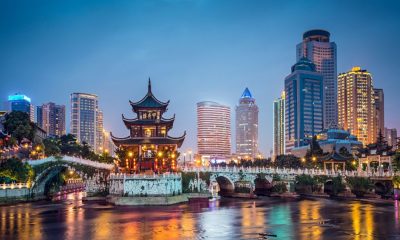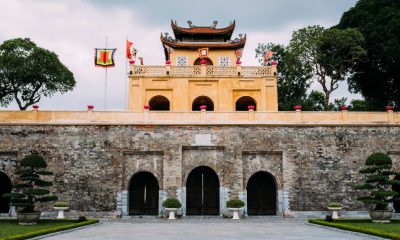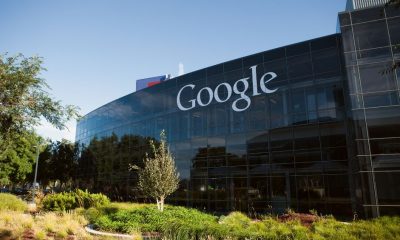Digital Economy
How Blockchain is Driving Economic Growth in South East Asia
Published
6 years agoon
By
SEADS TEAM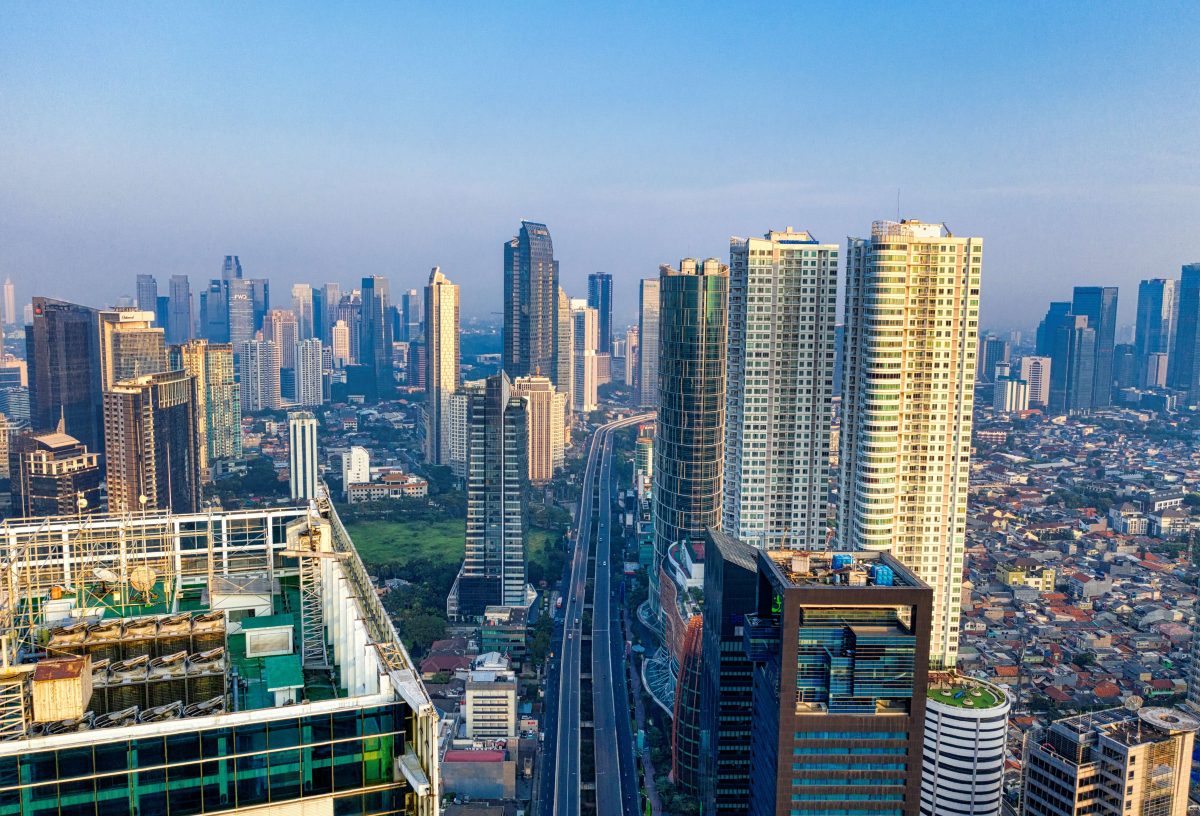
You’ve probably known someone who invests in cryptocurrency. Bitcoin, Etherium, and Litecoin. Of course, the most famous among the three is Bitcoin. In this article, you’ll be learning about the system that supports Bitcoin. The technology responsible for keeping it safe and decentralized (as of now). Blockchain!
Take note, Blockchain is not just limited to cryptocurrency. Recent news shows how Blockchain is driving economic growth in Southeast Asia. And by next year, this technology is about to disrupt the way we use social media.
But first I’d like you to take a step back with a primer on what Blockchain is all about.
Understanding Blockchain
Middlemen, middlemen, middlemen. In every transaction we do, there’s always a middleman involved. Whether it’s online shopping, banking, remittance or bills payment.
This is where Blockchain comes in. It removes the need for a middleman in a certain transaction. It’s safe, secure, and decentralized. That’s pretty much it.
In a Bitcoin transaction, Blockchain allows anyone to purchase an item or trade digital cash without a bank or some sort of middleman.
What is Blockchain?
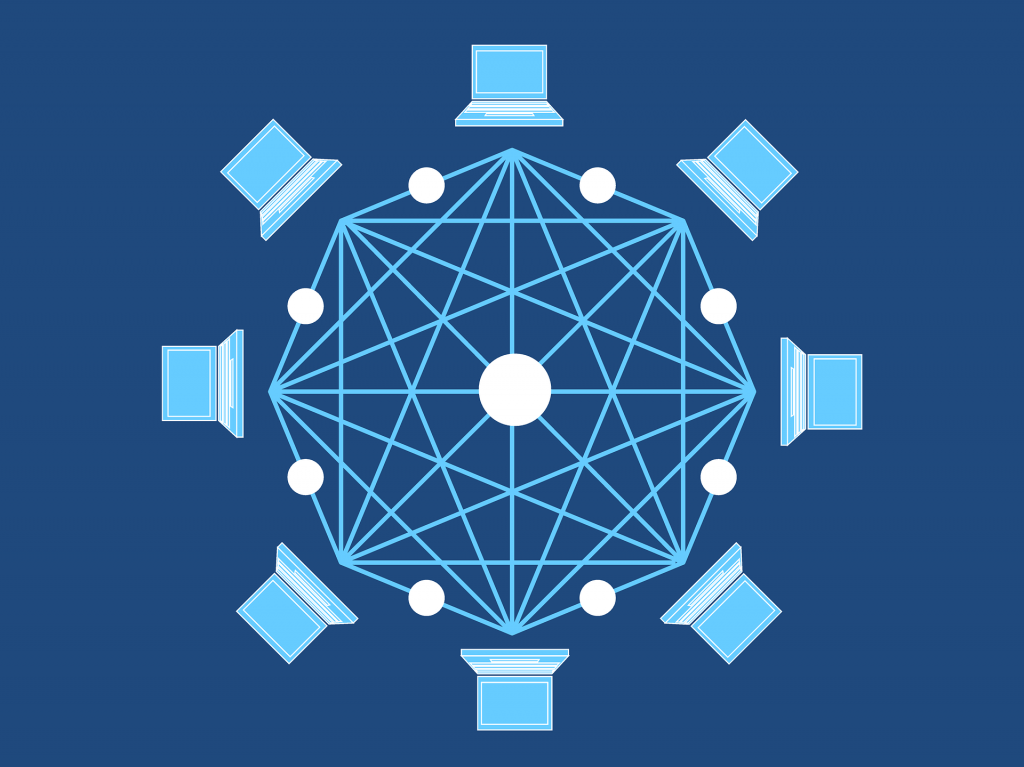
Blockchain is a series of records called blocks. These blocks are stored in computers. It can be stored on your computer, on my computer, or on anybody’s computer. The computers holding these records are called nodes.
So every time you exchange digital money, all these computers (nodes) will know about it in no time. That’s why you and I can’t lie here. Once something’s recorded on the Blockchain, you and I can’t change it.
Computers have codes that make our transactions safe. It’s called cryptography. Blockchain encrypts all our transactions. It censors the details of the transaction into codes. The system won’t say, “Pedro sent Juan 100 Bitcoins.” Instead, it would be translated into a code like “AG34446HHK00.” That’s basically how cryptography works and how it keeps us safe.
Blockchain is a bunch of computers in a network. And the best thing about it is, the more we use it, the stronger it gets. It’s not unhackable, but it’s the best we’ve got so far.
The Strength of Blockchain
It’s easy to break one stick right? How about three sticks, still breakable right? But it’s a bit harder than a single stick. The more sticks you put on your hand, the harder they are to break. And if you have a bundle of sticks on your hand, it’s impossible.
That’s pretty much how Blockchain works. The more computers are involved in a network, the harder it is to hack the system.
It’s secure and open to everyone involved in the party. That’s how Blockchain works to eliminate the need for a middleman.
How Blockchain Can Drive Economic Growth
Blockchain can drive economic growth in countries by removing middlemen in transactions, making it decentralized and open to everyone. It lessens, time, energy, and monetary costs.
Blockchain is still at its infancy but it’s already showing results not just in cryptocurrency, but also in other sectors like e-commerce and supply chain. It’s slowly spreading and evolving.
Blockchain in Southeast Asia
How an E-Commerce Store from Singapore used Blockchain to Compete with Giants Like Alibaba, Amazon, and Tencent
Even underdogs can rise to greatness when they use the right tool effectively. And for Ku Young Bae, that is Blockchain.
His Qoo10 (pronounced as Q-ten) launched a separate e-commerce store called QuuBe using Blockchain. The owner said that using Blockchain technology makes running an online store a lot cheaper. It lets him remove fees he used to charge to his merchants. Hence, eliminating the need for other middlemen. Because of this strategy, it allowed him to attract more sellers.
Ku has also created a payment facility on Blockchain called Q*coin. It is stored into a digital wallet built into the QuuBe app that both buyers and sellers can use to transact.
The result was actually great. In only three months, more than 5000 merchants have registered more than 2.3 million products on QuuBe.
Blockchain Technology Disrupts the Agricultural Industry in Indonesia

Hara is a Blockchain-based data exchange company that focuses on the agriculture and food industry. It aims to provide farmers and other players in the agricultural sector (like governments, financial institutions or non-profit organizations) with accessible real-time data.
Farmers provide data like agricultural activities in the field, weather data, soil condition, grain price, and geo-tagging. Farmers who input data will get reward incentives (called Hara Tokens) for the data they provide through the Hara app on their smartphones. And these points can be used for discounts for agricultural goods like fertilizers.
As of today, Hara has reached around 19,500 farmers and 212 villages. The company has also helped connect farmers to banks, insurance companies, and other stakeholders.
Hara’s popularity began to rise when they were featured in the first episode of the Amazon Web Services: Now Go Build last November.
Blockchain is also Changing the Game in the Taxi Industry in Malaysia
DACSEE (a.k.a. Decentralised Alternative Cabs Serving & Empowering Everyone) is the first decentralized ride-hailing network in Malaysia. Its core service is the same as Grab and Uber – delivering safe and efficient transportation. The only difference is they use Blockchain technology. DACSEE drivers can accept payment from DACSEE Tokens, cash, credit card, and debit card.

Blockchain allows DACSEE to do the following differently:
- Keep a transparent transaction to all stakeholders (drivers, passengers, and government authorities). Blockchain’s distributed ledger makes this possible. Remember, you and I cannot lie here because everything is visible to all parties.
- When the fare is collected, DACSEE only charges 1-2% commission fee from the driver. Compared to competitors who usually charge anywhere between 20-25%.
- Drivers can build their own fleet using a multi-level marketing approach. A driver can build a group of up to 3 tiers and he automatically gets 1-2% commission for every successful trip from his downlines. The more drivers you recruit to DACSEE, the more likely you will earn.
DACSEE now has over 5,000 registered drivers. And this year, the company is planning to expand in Southeast Asian countries like Thailand and Korea.
E-Wallet in the Philippines Powered By Blockchain
If you’re a Filipino, you’ve probably heard of Coins.ph. It is a mobile wallet where you can store traditional cash (Philippine Peso) and digital money (Bitcoin, Ripple, and Etherium).
This platform is safe because of two reasons: (1) It is powered by Blockchain technology; which means its decentralized and secure. (2) It is approved by BSP (Bangko Sentral ng Pilipinas) – the central bank of the Philippines.
Coins.ph is one of the leading e-wallets in the Philippines, along with G-Cash, PayPal, PayMaya, and GrabPay. It allows you to go online shopping, buy game credits, purchase prepaid mobile load (with 10% discount for every purchase), send remittance, and pay your bills. You don’t have to get out of the house and wait in long queues all thanks to this.
Over 5 million Filipinos use this app. Check this blog if you want to learn more about Coins.ph.
A New E-Wallet Accessible Through Facebook Messenger and WhatsApp is Coming Next Year
Calibra is a new Facebook subsidiary expected to launch in 2020. It aims to provide financial services that will allow people to access the Libra network. They want to provide the convenience of sending money to be as easy as sending photos and emojis.
Libra is the name of the new currency and Calibra is the name of the wallet.
There are 27 big companies backing up Libra (including Facebook, Spotify, Mastercard, Uber). Their goal is to help 1.7 million people around the world who are still unbanked. And hopefully, give them a form of financial access they can use for their convenience.
The e-wallet will be available in Messenger, Whats-app, and its stand-alone app. Your financial data will be separate from your social media data. And blockchain technology ensures safety by supporting Facebook and Libra with most of the security matters.
The Future of Blockchain
In the past, we only used Blockchain for cryptocurrencies. But it’s now used in more transactions to further improve business functions like supply chain and logistics.
It also now has the capability to solve some business problems by removing middlemen and reducing costs. Its decentralization and security also make it unique and dynamic.
Blockchain technology will have even more improvement as it enters the mainstream via social media and Calibra.
Blockchain technology may still be at its infancy, but tech experts predict that it can disrupt other industries like healthcare, insurance, voting, charity, IoT (Internet of Things), and artificial intelligence.
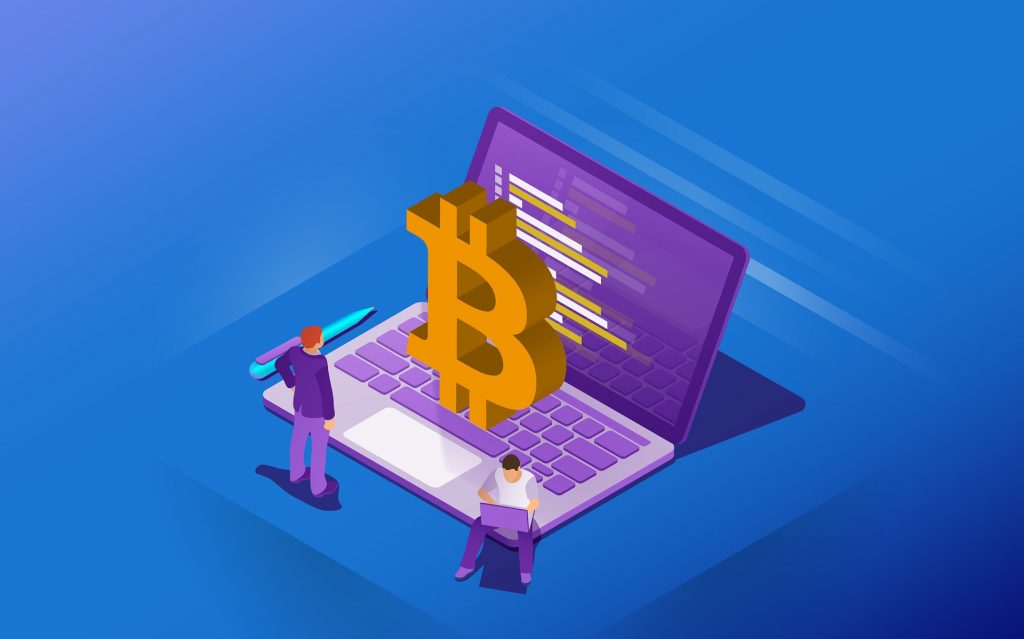
Ten or twenty years ago, we never thought that the Internet would grow this big. And that smartphones will be a huge part of our daily lives. Blockchain experts want us to experience this technology to flourish like the Internet today and smartphones that we normally use today.
You can learn more about Blockchain if you wish. Morpheus Lab and Dreamplus started Southeast Asia’s very first Blockchain Academy.
Whether you’re just trying to learn the basics of Blockchain technology or planning to be a Blockchain engineer or programmer, anyone hungry for knowledge can always check out the course.
No one is really sure of what may happen to this technology in the coming years. But a big opportunity lies in Blockchain. And I know you’ve seen it. Hopefully (after a decade or two), we’ll also get the chance to use this technology in a day to day basis, in transactions that are routine to us now but were also seemingly impossible decades ago.

